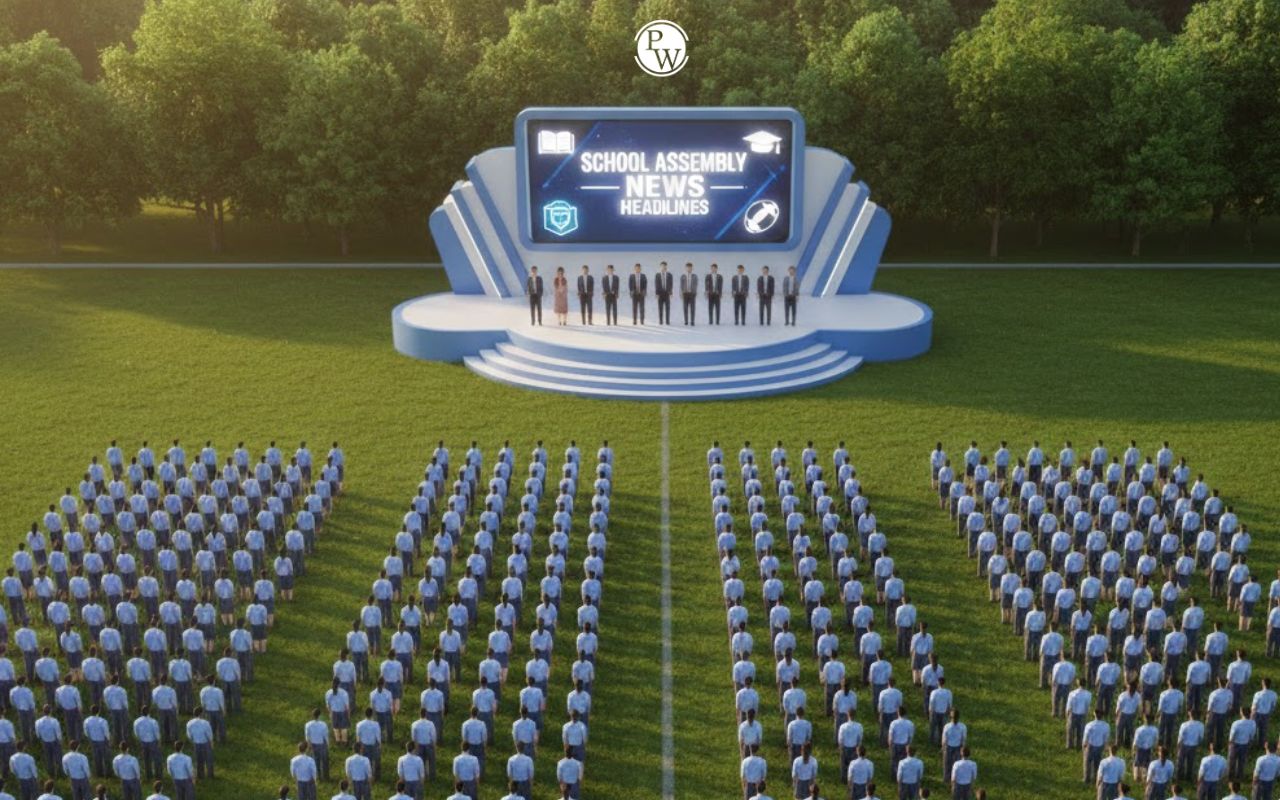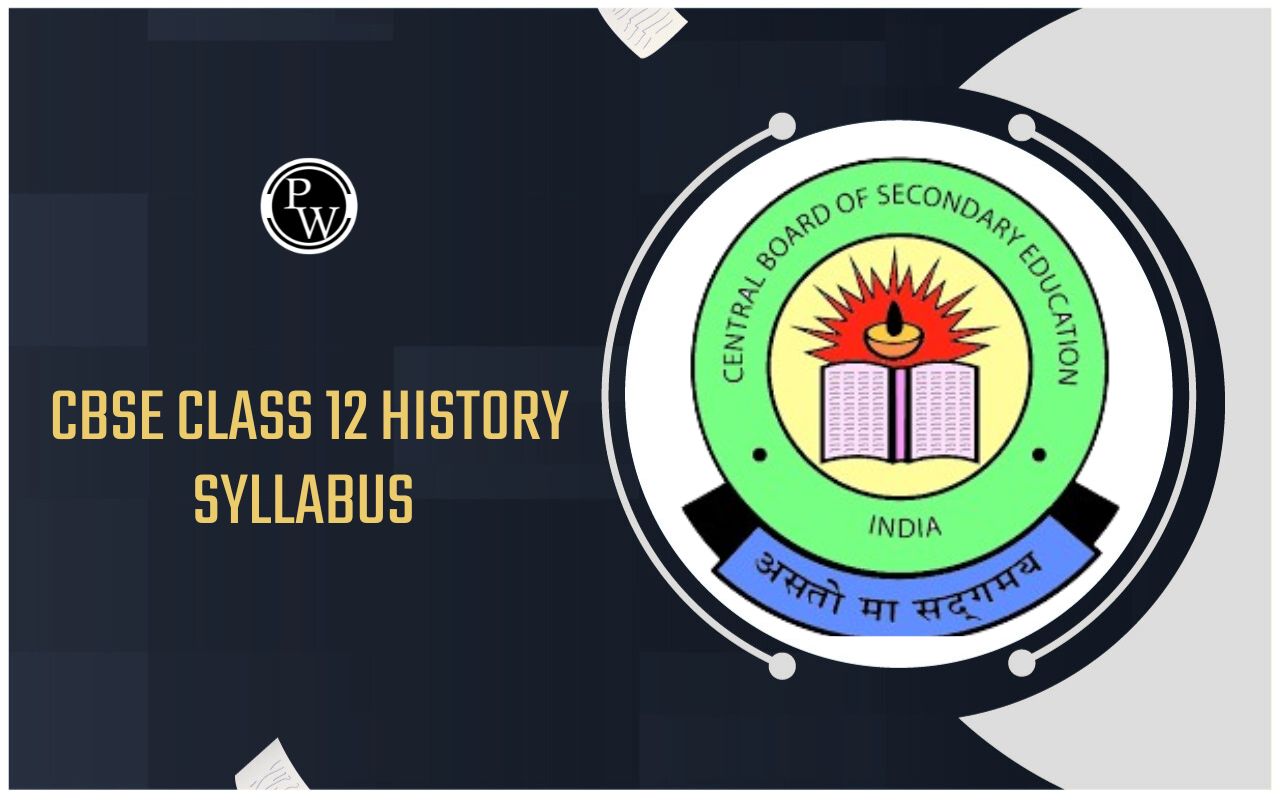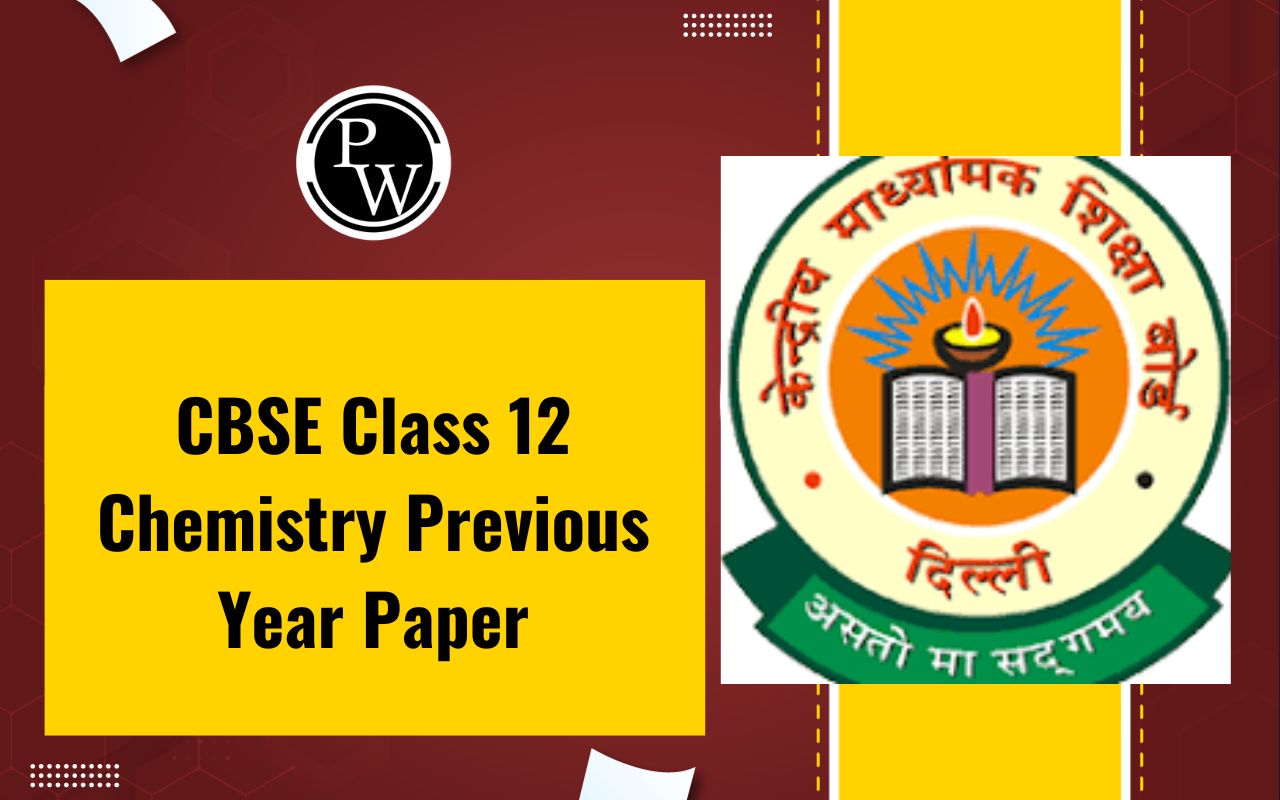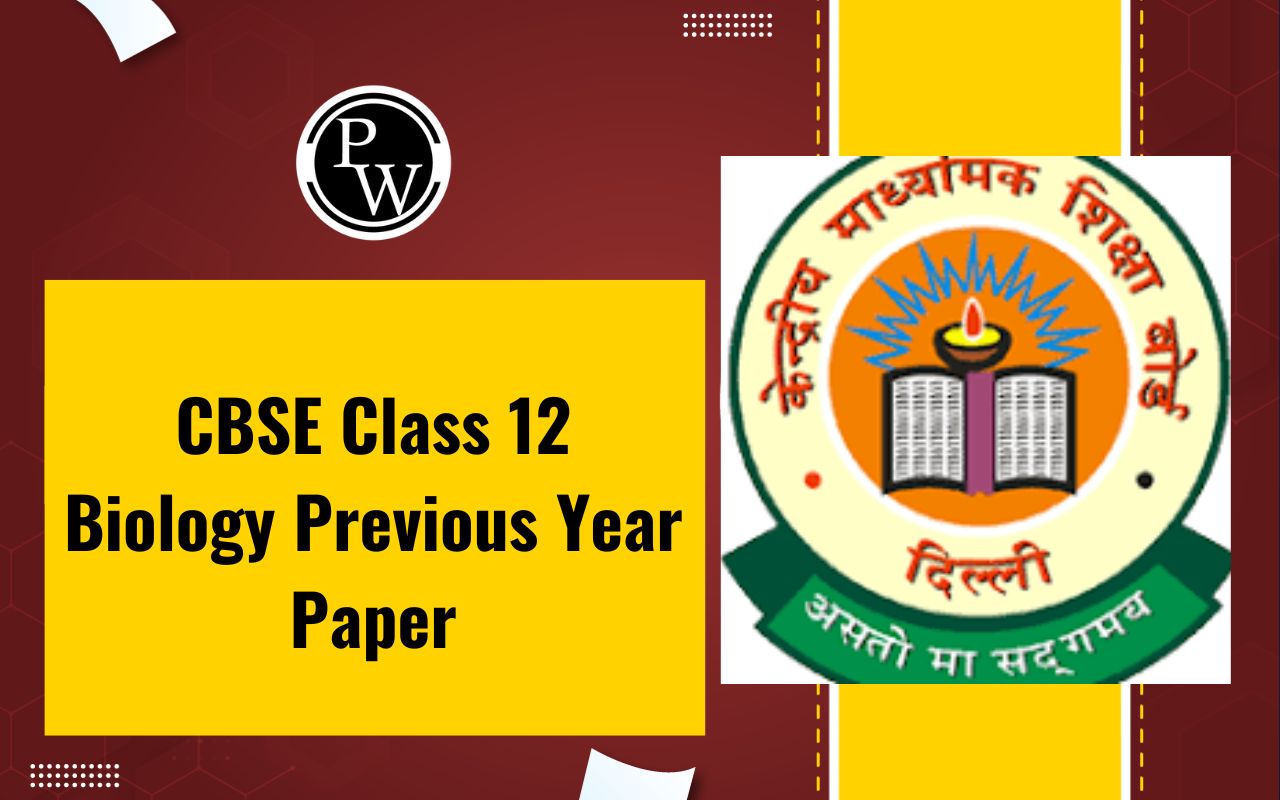
The solar system essay is a remarkable and awe-inspiring essay about encompassing the Sun and its eight major planets, their moons, countless asteroids, and a myriad of comets. At its center is the Sun - a blazing ball of nuclear fusion that sustains life on Earth and all other celestial bodies nearby. Orbiting this source of energy are diverse planets, each with unique characteristics and mysteries waiting to be unraveled. From Mercury's scorching inferno to Neptune's icy desolation, our system showcases a wide range of environments.
Our home planet, Earth, stands out as the only known place in the universe where life thrives - making it particularly intriguing to both scientists and philosophers alike. The natural satellites of these planets - such as Earth's Moon, Ganymede, and Titan - provide valuable insights into their parent bodies' history and geology. In addition to these planets and their moons, the solar system also hosts numerous asteroids and comets which have played significant roles in shaping Earth's past through impact events. Studying this vast system not only expands our understanding of the cosmos but also offers the potential for answers about the origin of life and habitable worlds beyond our own. As we continue exploring this wonderous celestial arrangement, itPlanets
It is a large celestial body that revolves in a fixed orbit around the Sun. It doesn't have its lights and uses sunlight to reflect light. Because planets are closer to us, they don't twinkle as stars. Mercury, Venus, Earth, and Mars remain in the inner solar system, while Jupiter, Saturn, Uranus, and Neptune are in the outer solar system.Our Solar System
There are eight planets are divided into two groups: inner planets and outer planets. Inner planets, including Mercury, Venus, Earth, and Mars, are more minor and closer to the Sun. The remaining four planets - Jupiter, Saturn, Uranus, and Neptune - are much larger and often called Giant planets.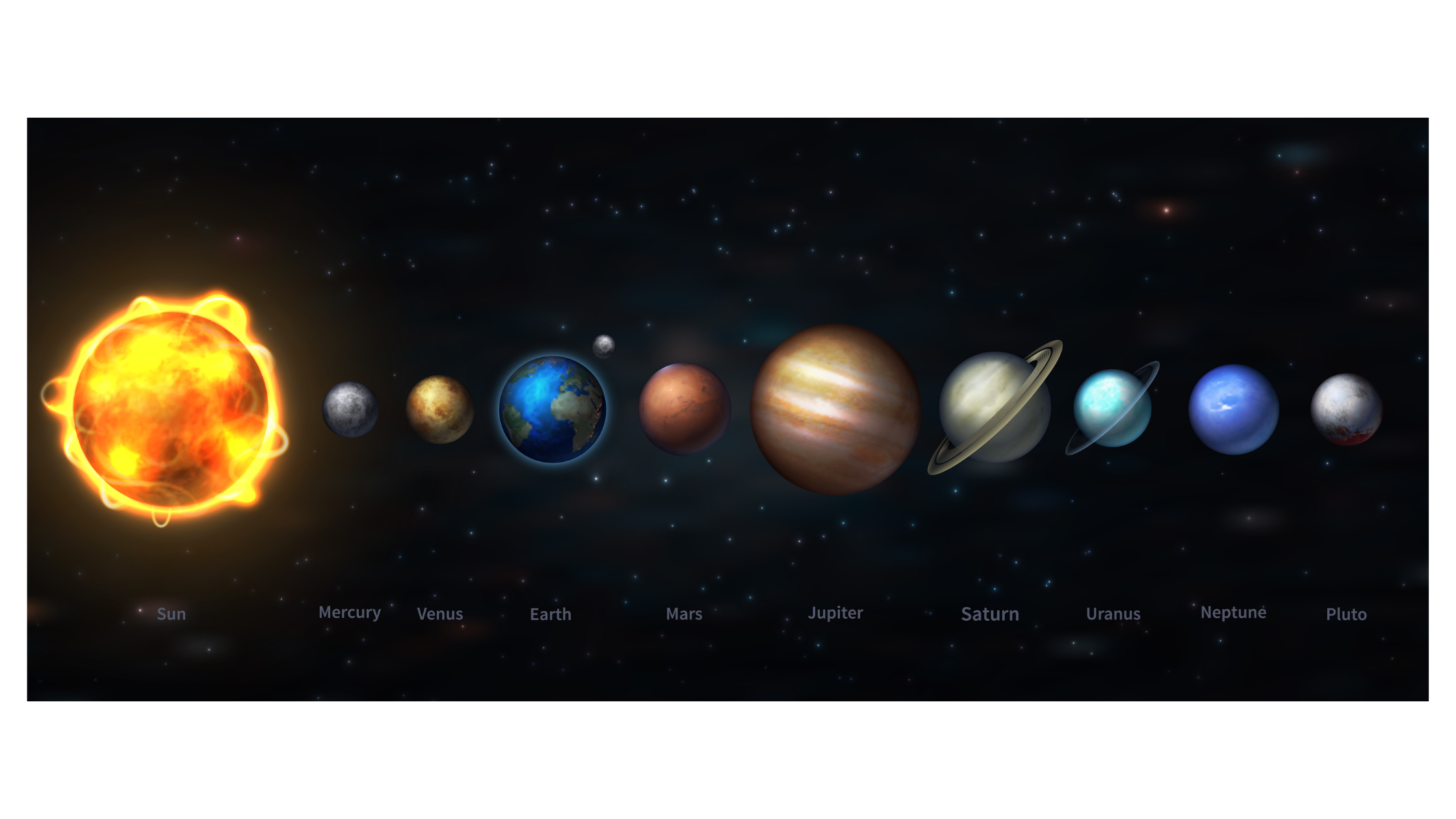 Mercury
The most minor planet in our solar system is Mercury, which is also closest to the Sun. Mercury's geological features include lobed ridges and impact craters. Mercury has a very high surface temperature due to its proximity to the Sun. It can reach temperatures of 450 degrees Celsius during the daytime, but at night, Mercury is cold. Mercury's diameter is 4,878 kilometres, and it lacks a natural satellite.
Venus
As well as being the hottest planet in our solar system, Venus has a toxic atmosphere always traps heat. Venus is also the brightest planet and can be seen from the ground. Venus has the same iron core as Earth and has a thick silicate layer surrounding it. The Venus planet has a diameter of 12,104 km and is similar to Mars. Astronomers have seen evidence of internal geological activity. As with Mars, Venus does not have any natural satellites like Earth.
Earth
During the Earth's lifetime, life is possible because it is covered two-thirds with water. The atmosphere on Earth, which is rich in nitrogen and oxygen, makes it an ideal place for various flora and fauna to survive. Earth has a diameter of 12,760 km and one natural satellite, the moon.
Mars
Often referred to as the Red Planet, Mars is the fourth planet from the Sun. This planet is cold and has similar geological features to Earth.This is the only reason why it has captured the interest of astronomers like no other planet. An ice cap has been discovered on this planet.
Jupiter
Jupiter has a strong magnetic field and is primarily made up of helium and hydrogen. It also has a Great Red Spot and cloud bands. This giant storm is believed to have raged here for hundreds of years. There are 79 natural satellites on Jupiter, which is much more than there are on Earth and Mars combined. Jupiter has a diameter of 139,822 km.
Saturn
As the sixth planet from the Sun, Saturn is also known for its ring system, composed primarily of ice and rock particles. Saturn’s atmosphere is quite like Jupiter's because it is mostly made up of hydrogen and helium. Saturn has a diameter of 120,500 km and has 62 natural satellites, most of which are made up of ice. Saturn has fewer satellites than Jupiter.
Uranus
The seventh planet from the Sun, Uranus, is the lightest. Uranus has a blue tint due to methane in its atmosphere. Its core is colder than the other giant planets, and it orbits on its side.
Neptune
It is the coldest, Neptune is the largest and densest. Neptune has an atmosphere made up of helium, hydrogen, methane, and ammonia and has extremely strong winds. It is the only planet in our solar system that was discovered mathematically. Neptune has a diameter of 49,530 km and has 14 natural satellites, which is more than Earth or Mars combined.
Mercury
The most minor planet in our solar system is Mercury, which is also closest to the Sun. Mercury's geological features include lobed ridges and impact craters. Mercury has a very high surface temperature due to its proximity to the Sun. It can reach temperatures of 450 degrees Celsius during the daytime, but at night, Mercury is cold. Mercury's diameter is 4,878 kilometres, and it lacks a natural satellite.
Venus
As well as being the hottest planet in our solar system, Venus has a toxic atmosphere always traps heat. Venus is also the brightest planet and can be seen from the ground. Venus has the same iron core as Earth and has a thick silicate layer surrounding it. The Venus planet has a diameter of 12,104 km and is similar to Mars. Astronomers have seen evidence of internal geological activity. As with Mars, Venus does not have any natural satellites like Earth.
Earth
During the Earth's lifetime, life is possible because it is covered two-thirds with water. The atmosphere on Earth, which is rich in nitrogen and oxygen, makes it an ideal place for various flora and fauna to survive. Earth has a diameter of 12,760 km and one natural satellite, the moon.
Mars
Often referred to as the Red Planet, Mars is the fourth planet from the Sun. This planet is cold and has similar geological features to Earth.This is the only reason why it has captured the interest of astronomers like no other planet. An ice cap has been discovered on this planet.
Jupiter
Jupiter has a strong magnetic field and is primarily made up of helium and hydrogen. It also has a Great Red Spot and cloud bands. This giant storm is believed to have raged here for hundreds of years. There are 79 natural satellites on Jupiter, which is much more than there are on Earth and Mars combined. Jupiter has a diameter of 139,822 km.
Saturn
As the sixth planet from the Sun, Saturn is also known for its ring system, composed primarily of ice and rock particles. Saturn’s atmosphere is quite like Jupiter's because it is mostly made up of hydrogen and helium. Saturn has a diameter of 120,500 km and has 62 natural satellites, most of which are made up of ice. Saturn has fewer satellites than Jupiter.
Uranus
The seventh planet from the Sun, Uranus, is the lightest. Uranus has a blue tint due to methane in its atmosphere. Its core is colder than the other giant planets, and it orbits on its side.
Neptune
It is the coldest, Neptune is the largest and densest. Neptune has an atmosphere made up of helium, hydrogen, methane, and ammonia and has extremely strong winds. It is the only planet in our solar system that was discovered mathematically. Neptune has a diameter of 49,530 km and has 14 natural satellites, which is more than Earth or Mars combined.
| Related Links | |
| Essay On Red Fort | Plants essay |
| Paragraph On Sikkim | Punctuality essay |
Solar System Essay FAQs
What is the solar system essay?
Solar system essays examine the sun, planets, moons, asteroids, and comets of our celestial neighbourhood. They explore their characteristics, orbits, and the vastness of space.
What is the solar system in 100 words?
The solar system is a collection of celestial bodies centred around the sun. It includes eight major planets, their moons, asteroids, comets, and other objects. The sun's gravity holds these bodies in orbit, creating a complex and fascinating cosmic neighbourhood.
What is our solar system short paragraph?
Our solar system consists of the sun, a star at the centre, and various celestial objects orbiting it. This includes eight planets, their moons, asteroids, and comets. Earth, our home, is one of these planets and supports life as we know it.
What is the solar system - 5 points?
The solar system comprises:
The sun is a massive star at the centre.
Eight significant planets, including Earth, orbiting the sun.
Numerous moons orbiting these planets.
Asteroids are rocky objects, some of which are found in the asteroid belt between Mars and Jupiter.
Comets are icy bodies that travel in elliptical orbits around the sun, occasionally becoming visible from Earth.
🔥 Trending Blogs
Talk to a counsellorHave doubts? Our support team will be happy to assist you!

Free Learning Resources
PW Books
Notes (Class 10-12)
PW Study Materials
Notes (Class 6-9)
Ncert Solutions
Govt Exams
Class 6th to 12th Online Courses
Govt Job Exams Courses
UPSC Coaching
Defence Exam Coaching
Gate Exam Coaching
Other Exams
Know about Physics Wallah
Physics Wallah is an Indian edtech platform that provides accessible & comprehensive learning experiences to students from Class 6th to postgraduate level. We also provide extensive NCERT solutions, sample paper, NEET, JEE Mains, BITSAT previous year papers & more such resources to students. Physics Wallah also caters to over 3.5 million registered students and over 78 lakh+ Youtube subscribers with 4.8 rating on its app.
We Stand Out because
We provide students with intensive courses with India’s qualified & experienced faculties & mentors. PW strives to make the learning experience comprehensive and accessible for students of all sections of society. We believe in empowering every single student who couldn't dream of a good career in engineering and medical field earlier.
Our Key Focus Areas
Physics Wallah's main focus is to make the learning experience as economical as possible for all students. With our affordable courses like Lakshya, Udaan and Arjuna and many others, we have been able to provide a platform for lakhs of aspirants. From providing Chemistry, Maths, Physics formula to giving e-books of eminent authors like RD Sharma, RS Aggarwal and Lakhmir Singh, PW focuses on every single student's need for preparation.
What Makes Us Different
Physics Wallah strives to develop a comprehensive pedagogical structure for students, where they get a state-of-the-art learning experience with study material and resources. Apart from catering students preparing for JEE Mains and NEET, PW also provides study material for each state board like Uttar Pradesh, Bihar, and others
Copyright © 2025 Physicswallah Limited All rights reserved.
Get App

